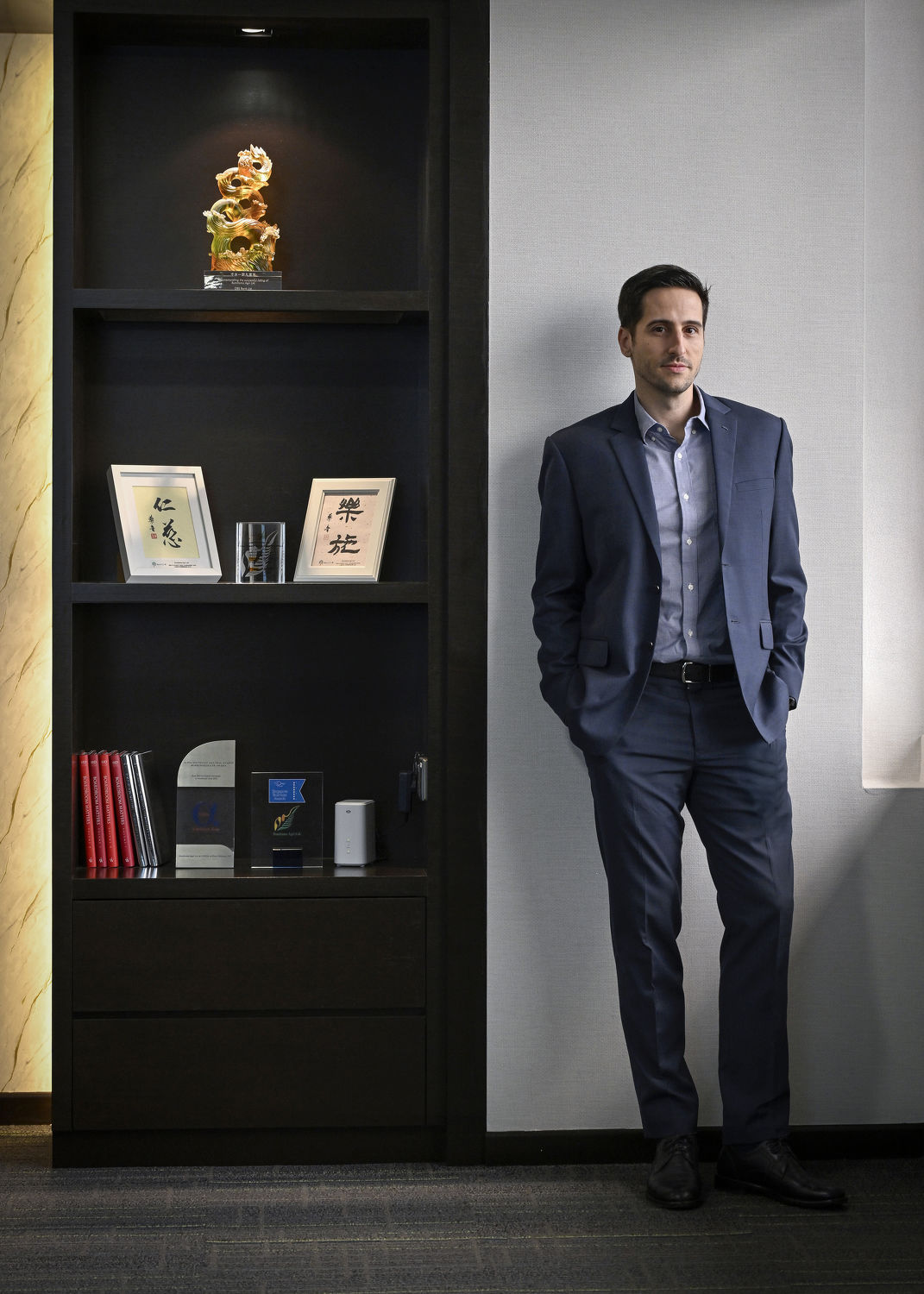conservation land within its landbank.
From policy to proof
Investors, lenders and regulators are shifting from “policies” to “proof”. Bumitama says it enters this phase with a decade of NDPE implementation, rising traceability to plantation via polygon mapping, active supplier monitoring and landscape partnerships already in place. Buyers consolidating volumes with low-risk, verifiable partners are expected to reward operators who can show “clean data and steady delivery”. The company cites several markers of verifiability. Traceability to plantation is around 92.5% using a polygon-based approach and trending higher, while supplier monitoring already covers over 140,000 ha with a remediation pathway where needed — volumes that now make up more than a third of Fresh Fruit Bunch (FFB) processed at its mills.See also: A rejuvenated Singapore market, a reset for The Edge Singapore
See also: From momentum to transformation: Building a relevant stock market
 Mach: Our four operating biogas facilities reduce more than 200,000 tCO₂e/year, with the largest one being Verra-certified to issue 60,000 VCUs/year and producing a steady 3 MW of electricity for the national grid
Mach: Our four operating biogas facilities reduce more than 200,000 tCO₂e/year, with the largest one being Verra-certified to issue 60,000 VCUs/year and producing a steady 3 MW of electricity for the national grid







